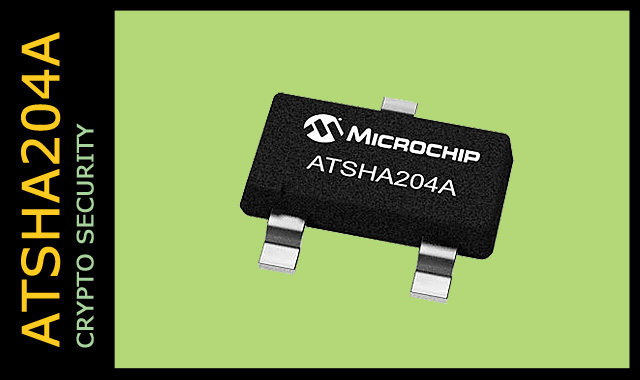
Comparison of Encryption Chip Models
Global electronic component supplier AMPHEO PTY LTD: Rich inventory for one-stop shopping. Inquire easily, and receive fast, customized solutions and quotes.
When comparing encryption chip models, there are a few key factors to consider, depending on the application, security needs, and technical environment. Below are some common categories for comparison:

1. Chip Type and Architecture
- General-Purpose vs. Application-Specific: Some chips are designed for general encryption tasks, while others are highly specialized for specific use cases like secure storage or communication.
- RISC vs. CISC: Some chips may employ a Reduced Instruction Set Computing (RISC) architecture, while others may use a Complex Instruction Set Computing (CISC) architecture, impacting performance and efficiency.
- FPGAs vs. ASICs: Field-Programmable Gate Arrays (FPGAs) are flexible and customizable, while Application-Specific Integrated Circuits (ASICs) are optimized for specific tasks but cannot be reprogrammed once deployed.
2. Cryptographic Standards and Protocols Supported
- AES (Advanced Encryption Standard): This is one of the most commonly supported encryption algorithms in hardware chips, typically supporting various key sizes (128, 192, 256 bits).
- RSA (Rivest–Shamir–Adleman): Often used for secure key exchange, but slower than symmetric encryption like AES.
- ECC (Elliptic Curve Cryptography): More efficient than RSA for the same level of security, and commonly used in modern systems.
- TLS/SSL and VPN protocols: Many chips support various network encryption standards like TLS, SSL, and IPsec for secure communications.
3. Performance Metrics
- Throughput (Mbps or Gbps): The speed at which the chip can encrypt and decrypt data, often measured in megabits or gigabits per second.
- Latency: The time delay between the start of encryption and the completion of the process.
- Power Consumption: Especially important in mobile or embedded applications.
- Scalability: Some chips are designed to scale with increasing data throughput, supporting multiple encryption channels simultaneously.
4. Security Features
- Physical Security: Features like tamper resistance, side-channel attack resistance (e.g., power analysis, timing attacks), and secure key storage are critical.
- Key Management: The way a chip handles key generation, storage, and destruction is vital for overall security.
- Certifications: Some chips meet international security standards like FIPS 140-2, Common Criteria, or others, which may be required for certain industries (e.g., finance, government).
5. Integration and Compatibility
- Interface and Bus Support: Common interfaces include PCIe, SPI, I2C, and USB. Ensure compatibility with the system’s architecture.
- Firmware and Software Support: The availability of libraries, APIs, or other tools for integrating the chip into software systems is crucial.
6. Manufacturers
Several well-known manufacturers offer encryption chips, including:
- Infineon Technologies: Offers a variety of Trusted Platform Module (TPM) chips for securing hardware.
- NXP Semiconductors: Known for their secure elements and hardware security modules (HSMs).
- Intel: Provides Intel® Trusted Execution Technology (Intel® TXT) and hardware security modules.
- Qualcomm: Known for integrating secure cryptographic functions into their mobile processors.
- Microchip Technology: Offers HSMs and secure memory solutions for IoT and embedded devices.
7. Cost vs. Security
- Lower-cost chips may not provide the highest level of security or performance, but for certain applications, they might suffice. Conversely, high-end HSMs or cryptographic chips may be more expensive but offer enterprise-grade security and scalability.
Popular Models
- Infineon OPTIGA™ Trust M: A secure element for IoT applications with a variety of cryptographic features.
- NXP A1000 Series: Hardware security modules designed for secure key management and authentication.
- Atmel/Microchip ATSHA204A: A low-cost secure element for applications needing minimal cryptographic operations like IoT devices.
- Intel® Platform Trust Technology (PTT): Provides hardware-based security features within Intel chipsets.
Conclusion
When selecting an encryption chip, it's essential to match the requirements of your application to the chip's capabilities, including its supported cryptographic standards, security features, performance, and integration options. If scalability, performance, or certifications are critical, higher-end models like HSMs or chips supporting advanced cryptographic protocols (e.g., ECC) may be appropriate.
